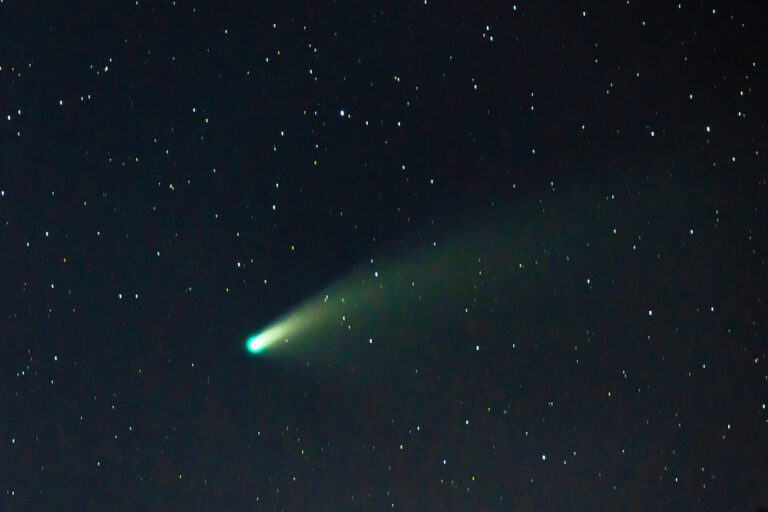Winter storms are battering Britain, bringing driving snow, high winds, coastal flood warnings and the precautionary evacuation of an east coast village.
Seafront residents in Jaywick were moved to temporary accommodation as the Environment Agency warned coastal communities to prepare for gale-force winds, large waves and possible flooding.
As heavy snow settled across Scotland, Northern Ireland and parts of England, travel was disrupted and some schools closed. The Ministry of Defence said about 100 soldiers from the Catterick army base had been deployed to Skegness on the Lincolnshire coast, where some 3000 residents have been urged to leave their homes or move upstairs.
With a forecast of further snow and wind, 80 flights were cancelled at Heathrow and four at Gatwick. Passengers were advised to check flight status with airlines before travelling to airports.
Severe weather warnings were issued by the Met Office for many parts of the country as a “real taste of winter” hit, caused by a polar air mass that originated over northern Canada.
Mark Sitton-Kent, national duty manager at the Environment Agency, warned photographers and thrill-seekers: “We understand that powerful tides can be dramatic, but please do not put yourself at unnecessary risk by going to the coast for a thrill or to take pictures.”
The government’s flood warning information service pinpointed several areas in Lincolnshire as being at risk from a large tidal surge moving down the east coast.
High tidal levels along the Humber estuary, combined with strong winds, could result in large waves overtopping the sea defences.
Environment Agency teams moved temporary barriers and pumps to depots and towns including Newcastle-upon-Tyne, Blythe, Great Yarmouth, Chelmsford, Rye, and Trusthorpe and South Ferriby in Lincolnshire.
The heaviest and most frequent snow showers are expected across northern and western Scotland, Northern Ireland and around Irish Sea coasts. There were yellow “be aware” warnings of wind and snow for Scotland, with gusts of up to 100km/h places, and 10-20cm of snow on higher ground. The warnings extended to northern parts of England and Wales. In Northern Ireland, thick snow blanketed Coleraine and Ballymena.
To add to the misery, strikes are looming across a range of British transport services, with fresh action announced on British Airways and Southern Rail, and an ultimatum issued for another tube strike next month.
Up to 2900 BA cabin crew will strike for three days next week in a row over pay, while conductors on Southern, which services lines in and out of London, will walk out for 24 hours on Monday, before three more days of strikes by drivers that will completely halt its trains.
In contrast, a heatwave predicted to stretch across 1000km of eastern Australia next week has prompted warnings for the public to avoid physical activity in the sun and stay alert for signs of heat-related illness, especially in children and older people.
Temperatures are expected to soar above 40C in parts of central and southern Queensland and New South Wales over coming days.
The Bureau of Meteorology predicts an extreme heatwave straddling the inland border of both states, with Bourke in the NSW outback and Thargomindah in Queensland to reach 45C and 44C respectively on Wednesday. Thargomindah will hit 46C on Thursday, according to the bureau.
Maitland, north of Sydney, is forecast to reach 41C, while Sydney’s western suburbs will also swelter in 40C on Wednesday.
A total fire ban has been declared in Sydney and parts of the Hunter Valley, while the rural fire service warned of very high fire danger in Queensland’s central highlands and coalfields through to Thursday.
Tony Hucker of the Queensland ambulance service said avoiding the hottest part of the day and keeping drinking water at hand was the key to addressing the very high risk of heat-related illness.
Hucker urged people cooling off with their families at beaches or pools during school holidays to be particularly vigilant with young children.
The warning came after the near drowning of two-year-old boy in a backyard inflatable pool north of Brisbane, which resulted in his death a day later.
The RSPCA in NSW urged people to take particular care with pets who faced “potentially lethal heat stress”, noting it could take just six minutes for an animal to die of heatstroke.
In South Australia, residents are facing another bout of wild weather with a storm front expected to drop up to 60mm of rain to most districts.
Temperatures have climbed above 40 degrees Celsius in the state’s north, with 45.4C at Moomba and 43.1C at Oodnadatta, ahead of a rain band which will cross the state from the west.
Winds of about 50 to 65km/h are expected, with gusts in excess of 90km/h possible in elevated areas.
Emergency services are handing out sandbags across Adelaide before the storm hits.
South Australia has experienced regular storms since spring, resulting in floods and widespread, lengthy blackouts.







